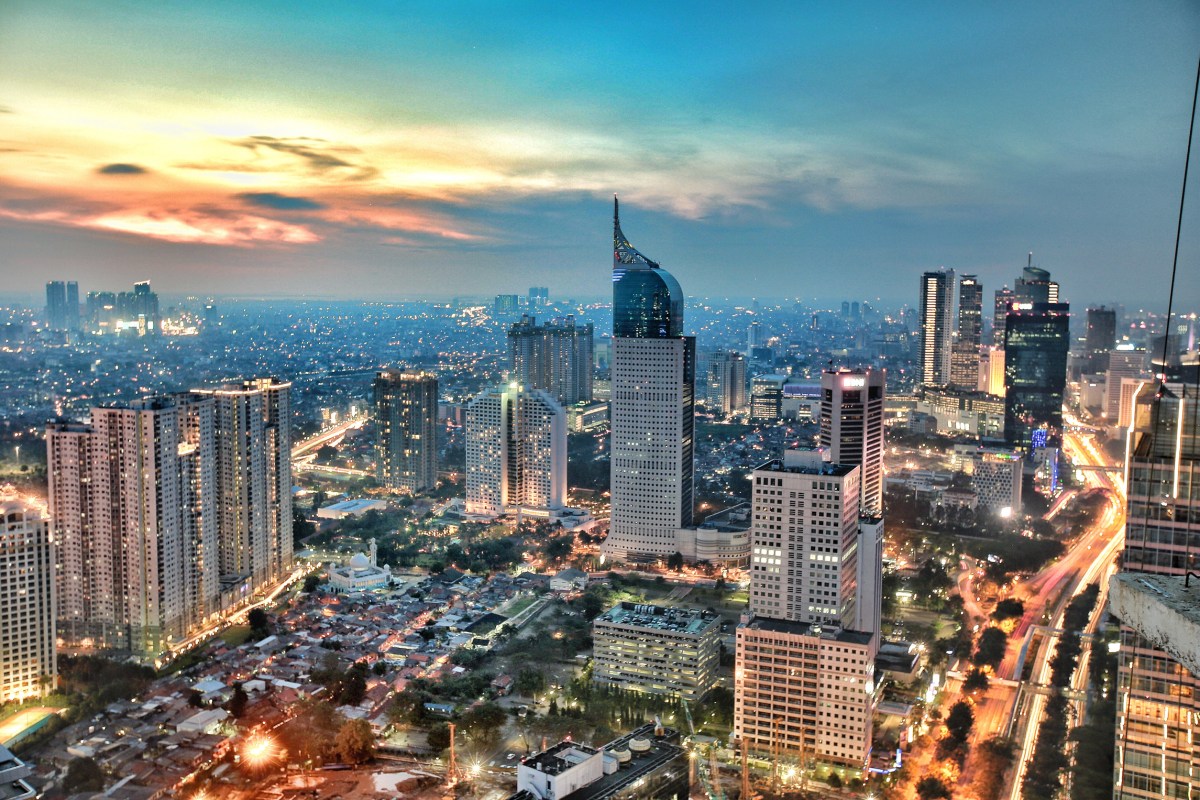Musk says Tesla aspires to mass produce robotaxis by 2024 – TechCrunch
Tesla plans to bring a dedicated robotaxi with no steering wheel or pedals to market by 2024, CEO Elon Musk said Wednesday during Tesla’s first quarter 2022 earnings call.
That’s just two years to develop, test, verify, produce at volume and commercially launch a robotaxi service that meets regulatory rules that vary from state to state. In California, Tesla’s largest market for passenger vehicle sales, it will mean navigating the permitting process of two agencies.
Musk struck a bullish tone despite the numerous challenges.
The dedicated robotaxi will be highly optimized for autonomy, meaning it would not have a steering wheel or pedals, Musk said, adding that there are a number of other innovations around it that he thinks are quite exciting.
“I think can be very powerful product where we aspire to reach volume production in 2024,” Musk said later adding “I think [the robotaxi] really will be a massive driver of Tesla’s growth.”
Earlier this month at Tesla’s Austin gigafactory opening, Musk outlined a variety of future products that are a departure from its passenger car business, which generates the bulk of its profits today. Those products included mention of a robotaxi and Optimus, Tesla’s humanoid robot concept.
Tesla’s robotaxi pursuit puts it in competition with companies that have been developing autonomous vehicle technology for robotaxis for years, including the Alphabet unit Waymo, Argo AI, Aurora, GM’s self-driving subsidiary Cruise, Motional and Zoox.
It also calls into question whether Tesla intends to scrap its current strategy to full autonomy or if this will be developed in parallel.
Musk has been hinting at robotaxis for years, but not through a standalone product like the one he described Wednesday. Instead, he has repeatedly promised to turn the Tesla vehicles that people own today into their own robotaxi via an upgraded advanced driving assistance system called Full Self-Driving software that currently costs $12,000.
Tesla vehicles come standard with a driver-assistance system branded as Autopilot. Owners can buy “full self-driving,” or FSD — software that Musk has repeatedly promised will one day deliver full autonomous driving capabilities. FSD is not capable of driving on its own. It is considered a Level 2 ADAS and still requires a human driver to pay attention and take control. Dozens of videos posted by owners provide a mixed picture of the software’s capability and includes numerous clips of the vehicles failing to navigate basic driving and even suddenly veering off toward pedestrians or into another lane.
During the call, Tesla acknowledged that its vehicles are largely unaccessible for many people given their high cost and sees the introduction of robotaxis as a way of providing customers with “by far the lowest cost-per-mile of transport that they’ve ever experienced,” said Musk.
“Look at some of our projections, it would appear that a robotaxi ride will cost less than a bus ticket, a subsidized bus ticket or a subsidized subway ticket,” Musk continued.
Notably, he did not disclose what sensor suite Tesla is considering for the purpose-built vehicle and whether it would use only cameras or also employ lidar and radar, which is the industry standard.
Tesla’s full self-driving and Autopilot features have doggedly relied only on cameras and a vision-based approach to reach autonomy, whereas most other AV companies rely on a combination of cameras, radar and lidar. But during the call, Musk admitted to the difficulties of reaching actual full self-driving through this method, which ends up being a constant game of two steps forward, one step back.
“With respect to full self-driving, of any technology development I’ve been involved in, I’ve never really seen more false dawns or where it seems like we’re going to break through, but we don’t, as I’ve seen in full self-driving,” said Musk. “And ultimately what it comes down to is that to sell full self-driving, you actually have to solve real-world artificial intelligence, which nobody has solved. The whole road system is made for biological neural nets and eyes. And so actually, when you think about it, in order to solve driving, we have to solve neural nets and cameras to a degree of capability that is on par with, or really exceeds humans. And I think we will achieve that this year.”



